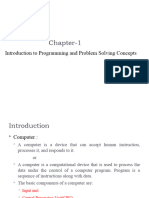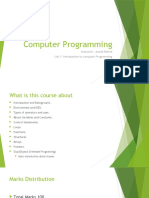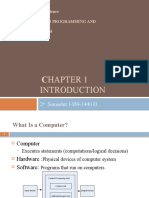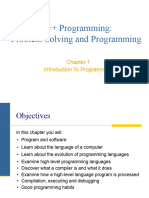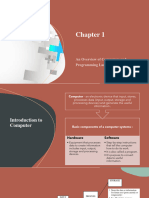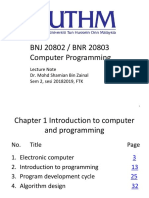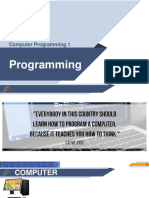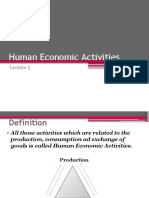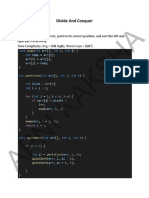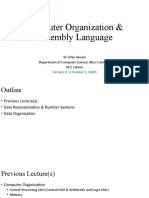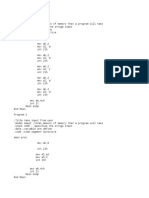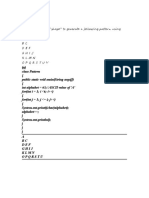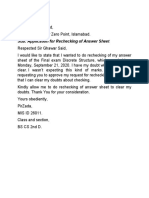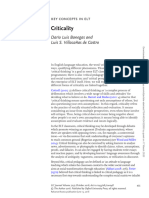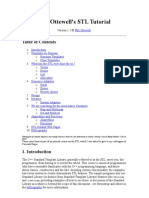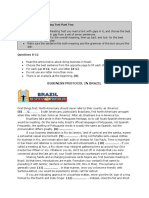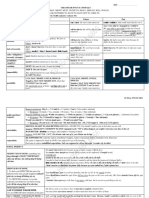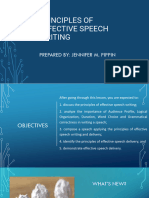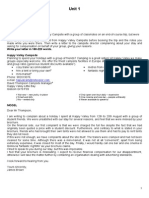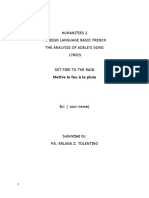0% found this document useful (0 votes)
157 views86 pagesProgrammin Fundamentals Weak 1 and 2
The document provides an introduction to programming fundamentals and C++, describing hardware components like processors and memory, different types of software including application programs and operating systems, and key concepts in programming like compilers, interpreters, and different programming languages. It also gives examples of major hardware components, types of programming languages, and how compilers and interpreters work to translate human-readable code into machine-readable code.
Uploaded by
pir zadaCopyright
© © All Rights Reserved
We take content rights seriously. If you suspect this is your content, claim it here.
Available Formats
Download as PPT, PDF, TXT or read online on Scribd
0% found this document useful (0 votes)
157 views86 pagesProgrammin Fundamentals Weak 1 and 2
The document provides an introduction to programming fundamentals and C++, describing hardware components like processors and memory, different types of software including application programs and operating systems, and key concepts in programming like compilers, interpreters, and different programming languages. It also gives examples of major hardware components, types of programming languages, and how compilers and interpreters work to translate human-readable code into machine-readable code.
Uploaded by
pir zadaCopyright
© © All Rights Reserved
We take content rights seriously. If you suspect this is your content, claim it here.
Available Formats
Download as PPT, PDF, TXT or read online on Scribd
/ 86







